How trees actually reduce the risk of wildfire
10 July 2025
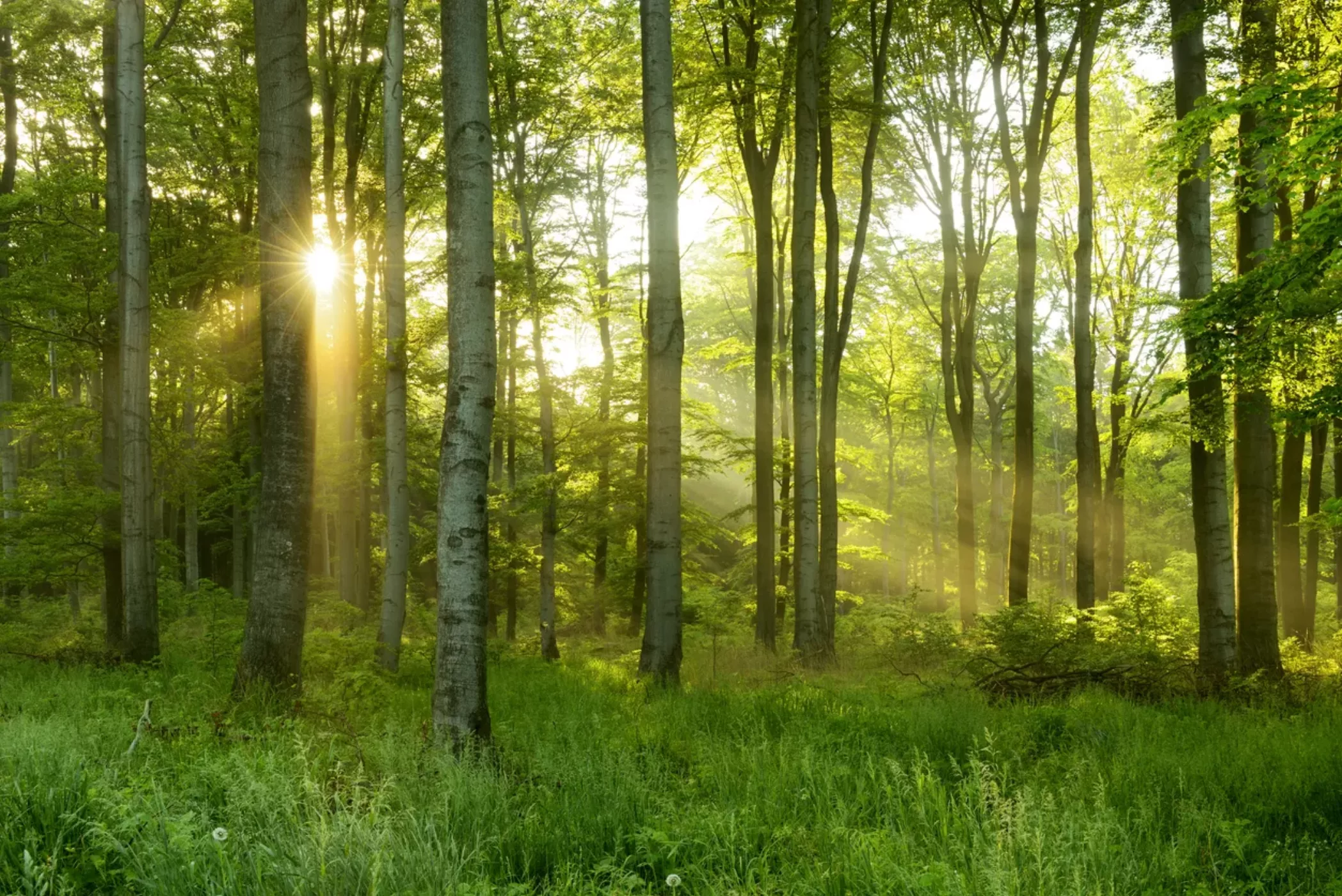
10 July 2025
It is a tree-planting organiation’s worst nightmare: wildfire. The effects of climate change – such as increasing drought and extremer temperatures – cause wildfires to occur more often and to become more intense. Is it any use to plant trees then? Yes, indeed! For although it sounds contradictory, trees are capable of reducing the risk of wildfire. How is that?
Forests themselves cannot prevent wildfire. But well-managed forests do reduce both the risk of wildfire and its seriousness. This is caused by the fact that – in various ways – trees contribute to a cooler, stabler and more stable climate:
In short, planting trees is useful in combatting heat and drought, thus also reducing the risk of wildfire. Provided the right tree grows in the right place and is cared for in the correct way.
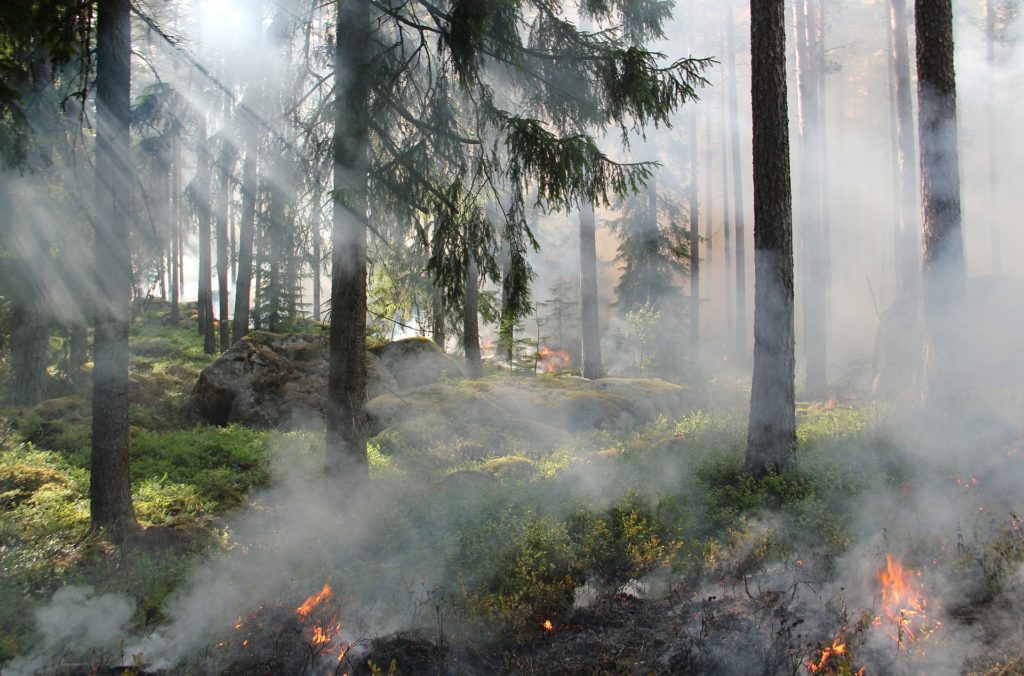
As a result of climate change, (extreme) drought, heat and, therefore, wildfire will increase.
Some species of trees are more fire sensitive than others, since one species retains more moisture than another. Deciduous trees, such as oak or beech, hold relatively much water by means of their leaves and roots. That is the reason they do not catch fire so easily as conifers, such as fir and spruce. Dead needles easily drop and heap up on the forest floor. A tiny spark is enough to light a fire that spreads very fast.
What works as well is planting forests with a mix of species of trees and shrubs. Such a mixed forests is far more drought resistant than one which consists of a single species of tree (monoculture). Does one species succumb to drought? In a mixed forest, there are plenty of other trees to preserve the forest.
Planting the right tree in the right place, therefore, is an important starting point in our line of work. Per project we consider carefully what species naturally occur in the area and which are future proof, for instance because they are drought resistant.
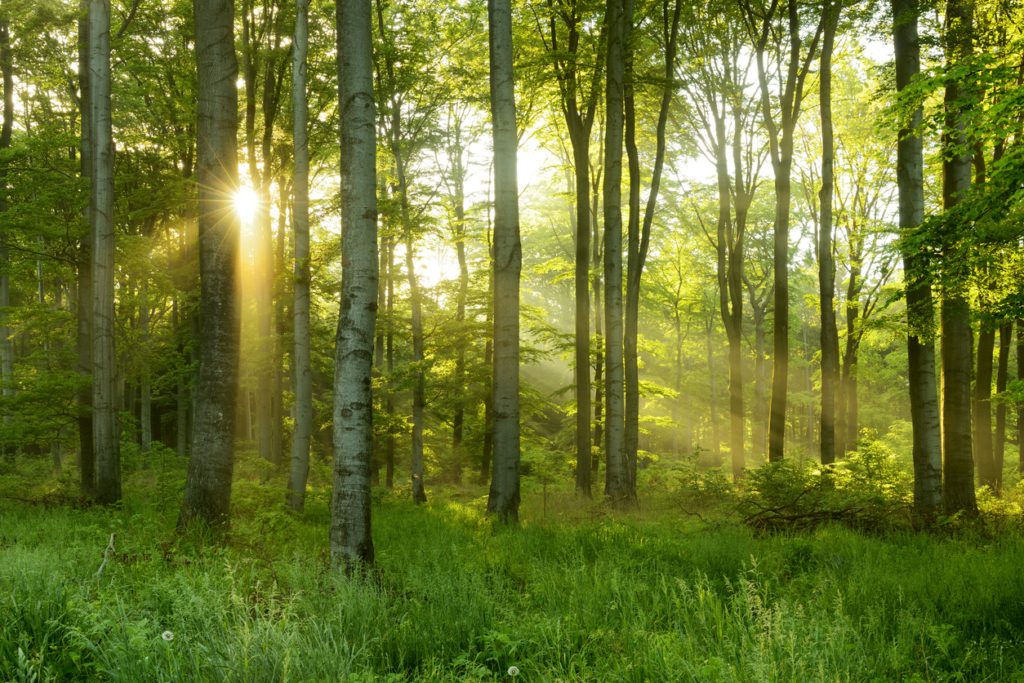
A forest with various species of deciduous trees is less flammable than a forest of conifers.
Besides planting the right trees, we pay much attention to management, maintenance and protection of trees. Fire prevention is an important element here. We do this together with our partners, both at home and abroad, which are familiar with a project location and its risks.
The measures we take vary per project, but some examples are:
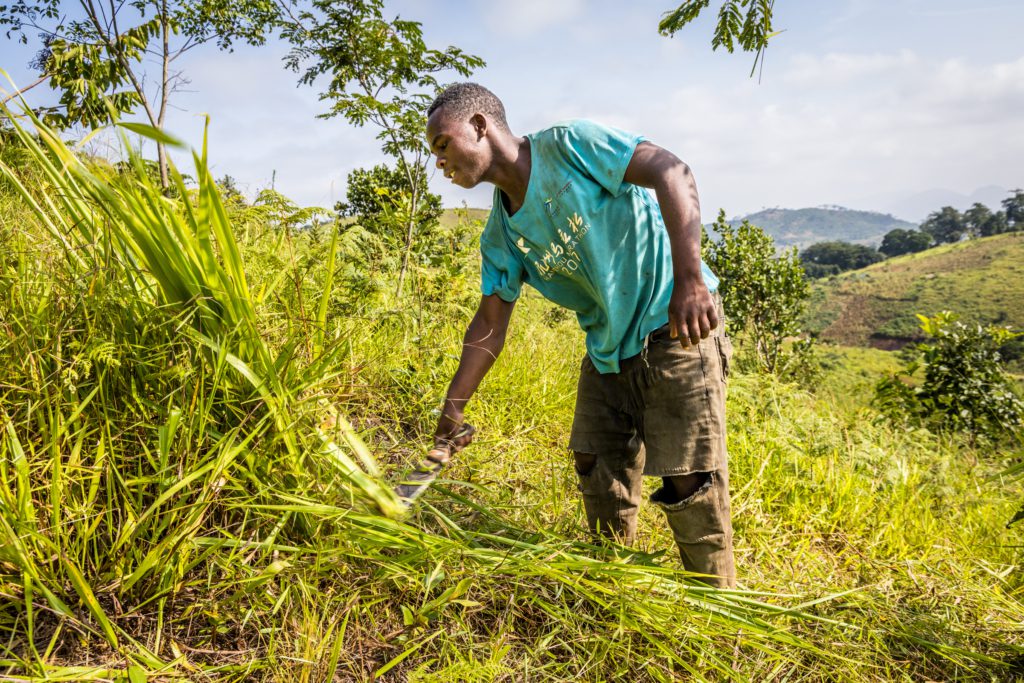
Management in our planting locations is an important element in fire prevention, such as pruning or removing flammable shrubs or other vegetation.
It is impossible – unfortunately – to prevent wildfire completely. Certainly, since it is easy for fires to spread into forests during long term drought or in strong winds. Thank goodness, a healthy forest can recover quickly and often new trees grow from even the blackest tree trunks.
In the meantime, it is our concern to reduce the risk of wildfire as much as possible by carefully considering the species of trees we plant and the way we must manage the forest. In this way we contribute to a greener and cooler world!
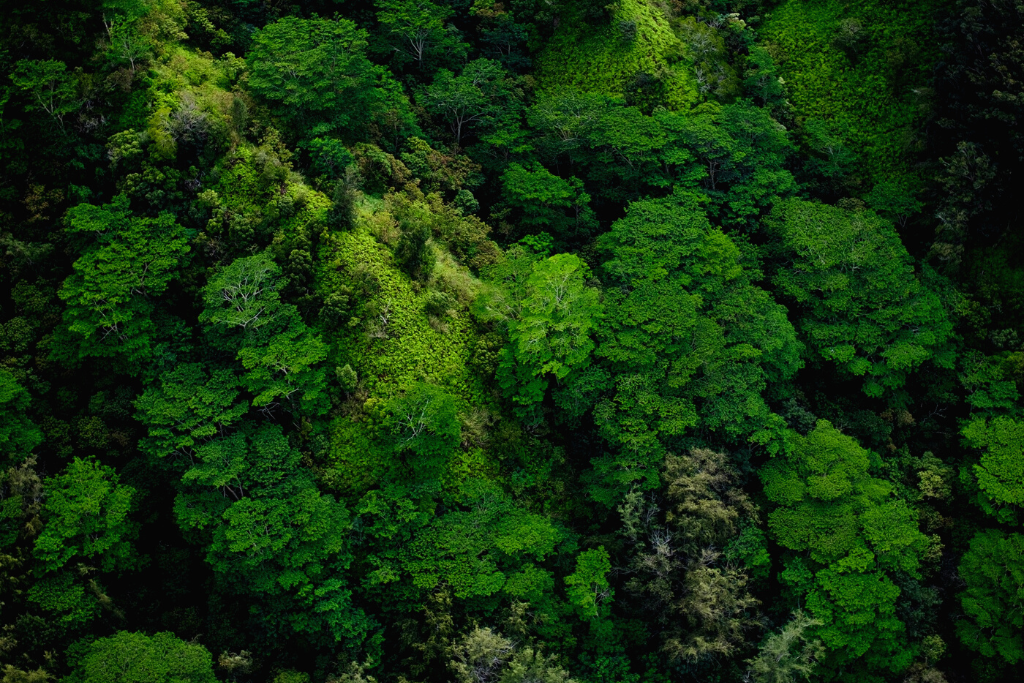
Planting and protecting forests worldwide adds to fighting extreme heat and drought. Would you like to play a part in this? For every tree we plant in the Netherlands, we plant a tree abroad.
Donate a tree